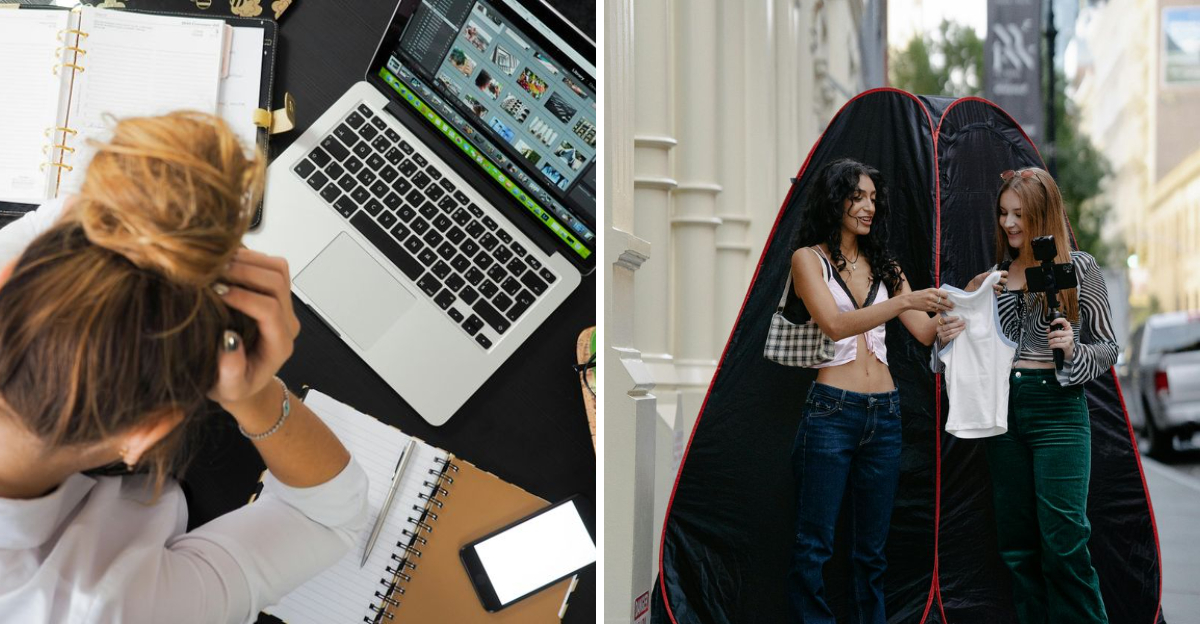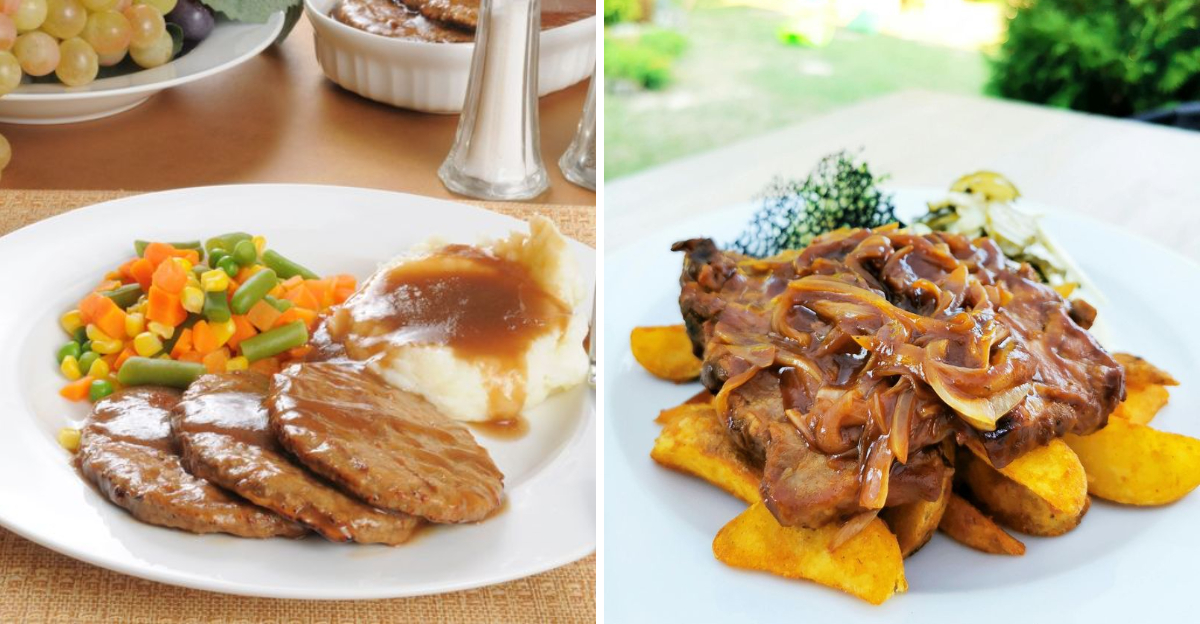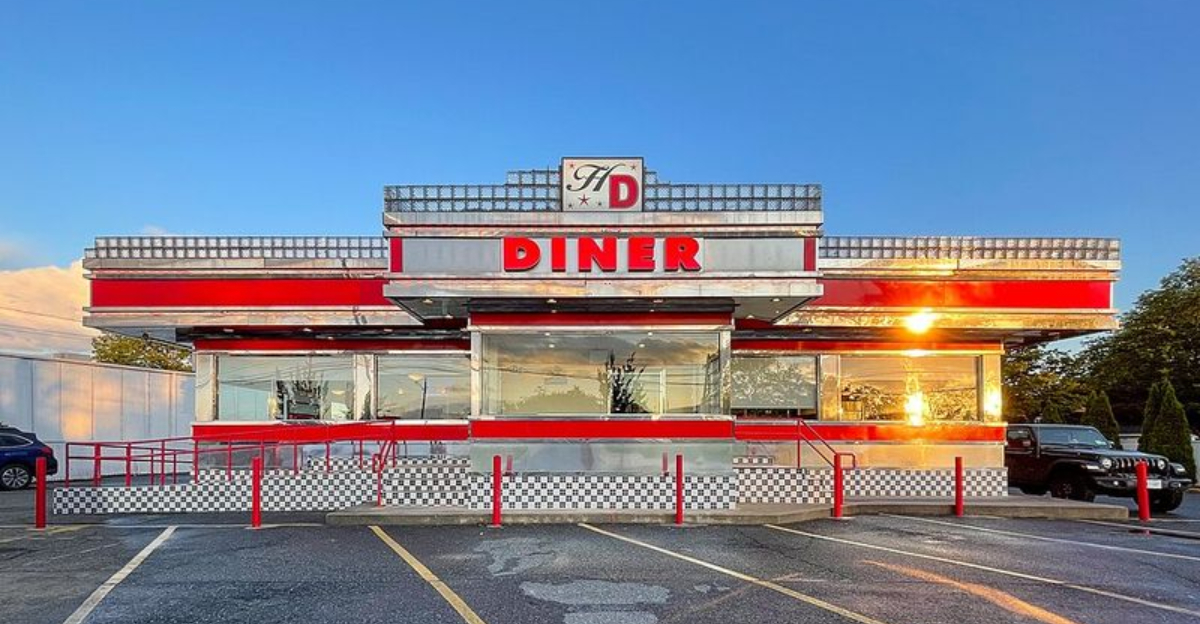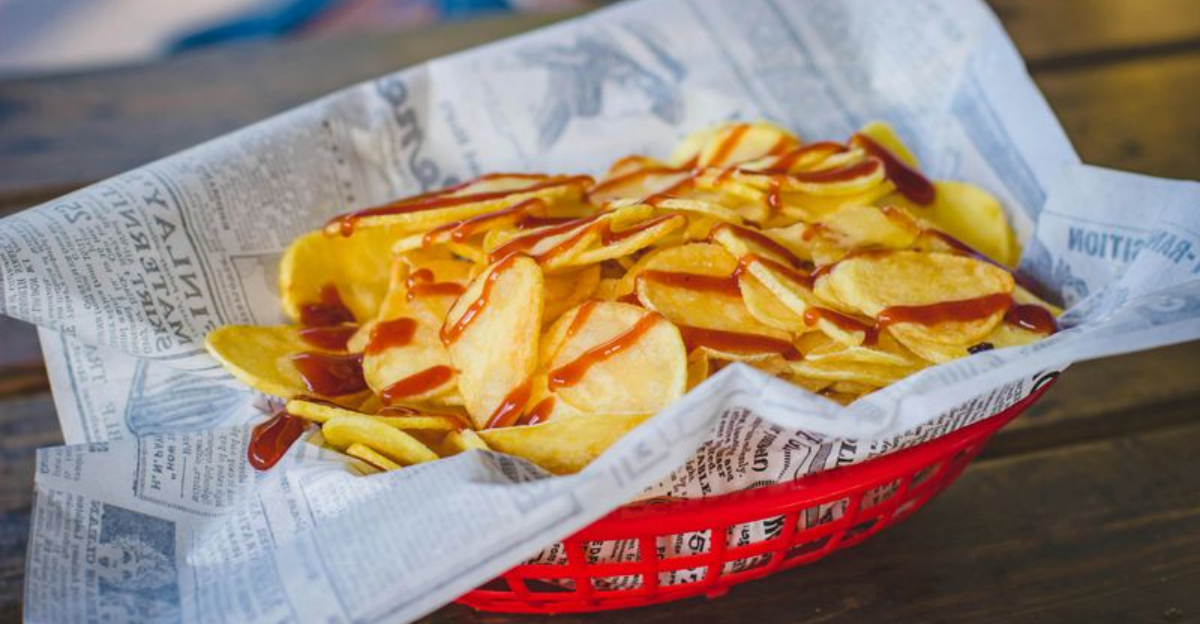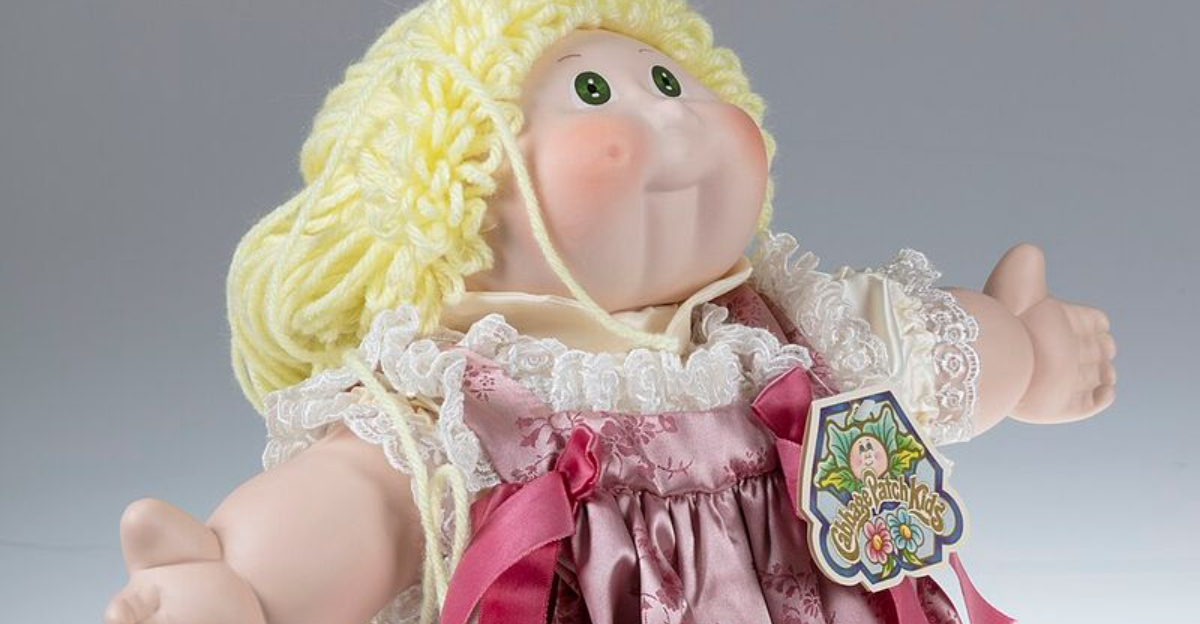15 Old Photos That Capture A World Long Gone But Not Forgotten
Have you ever wondered what life was really like before smartphones, highways, and shopping malls?
Old photographs give us a magical window into moments frozen in time – showing us how people lived, worked, and played decades or even centuries ago.
These images remind us that while the world keeps changing, the human spirit remains remarkably the same.
1. Street Vendors in Victorian London
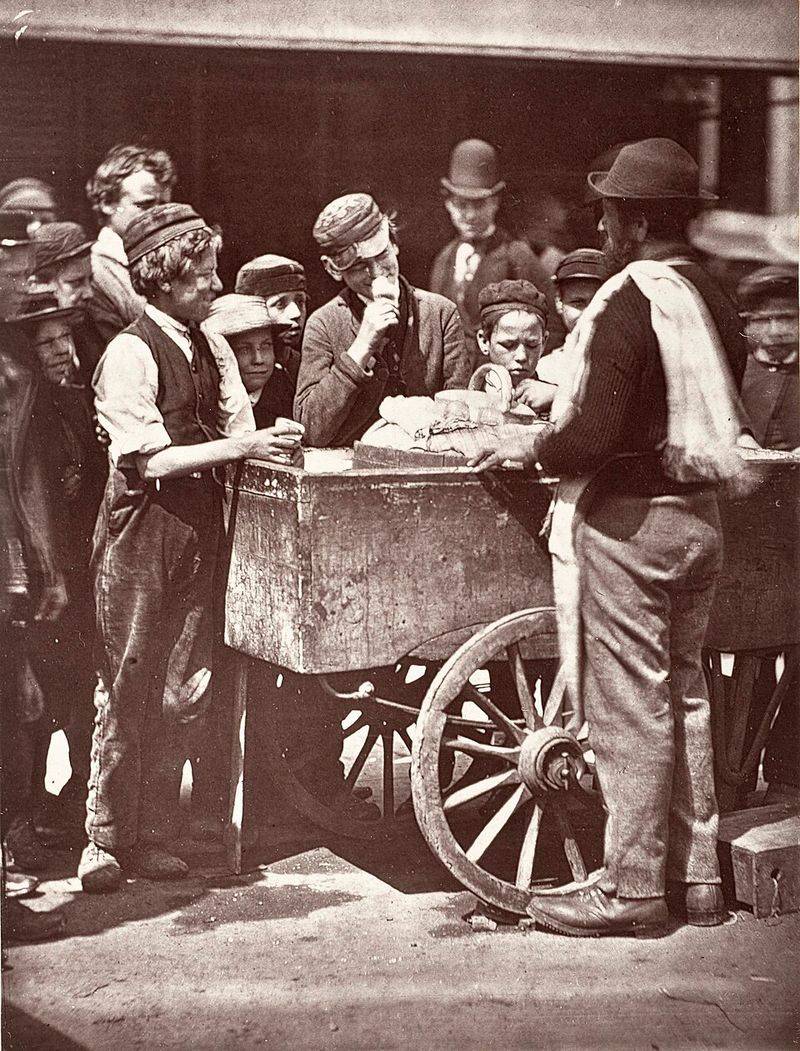
Before supermarkets existed, people bought their food from vendors who pushed carts through the streets, shouting about their goods. Imagine waking up to someone yelling about fresh fish or hot pies right outside your window!
Life moved at a slower pace, but it was noisier in its own special way. Vendors knew their customers by name and often became part of the neighborhood family.
2. Children Playing in City Fire Hydrants
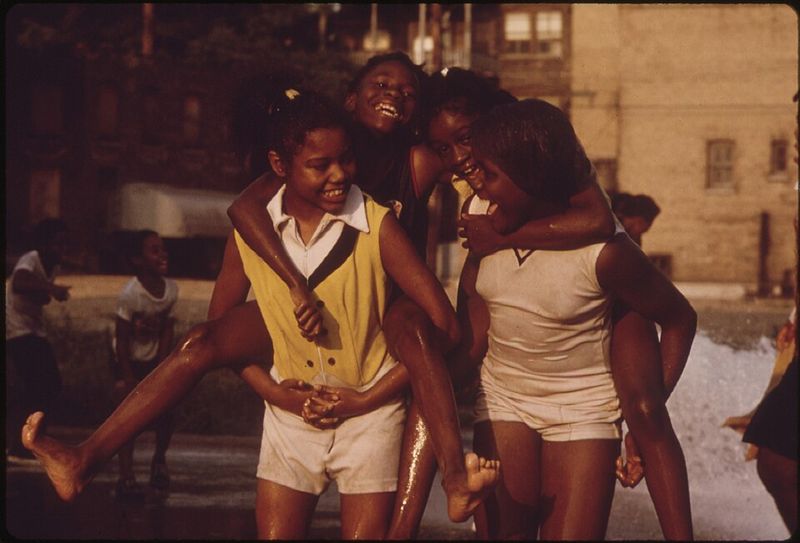
When summer heat became unbearable and air conditioning was just a dream, kids found their own water parks. Fire hydrants became instant swimming pools, creating joyful chaos on hot city blocks.
Neighbors would gather around, laughing as children danced through the powerful spray. This simple pleasure brought entire communities together during sweltering afternoons.
3. Milkmen Delivering Glass Bottles at Dawn
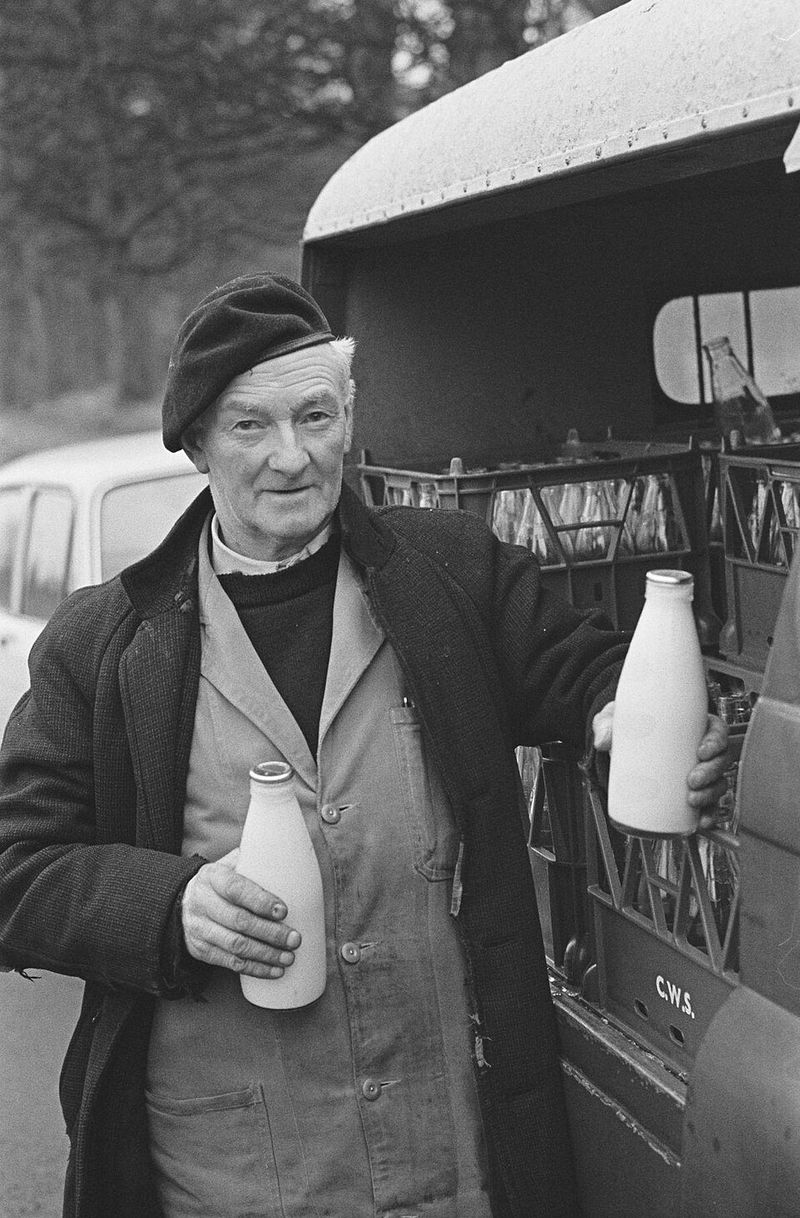
Long before refrigerators were common, fresh milk arrived at your doorstep every morning in clinking glass bottles. Milkmen started their routes before sunrise, ensuring families had fresh dairy for breakfast.
Empty bottles left outside signaled how much you needed the next day. This trust-based system worked beautifully in tight-knit neighborhoods.
4. Telephone Switchboard Operators
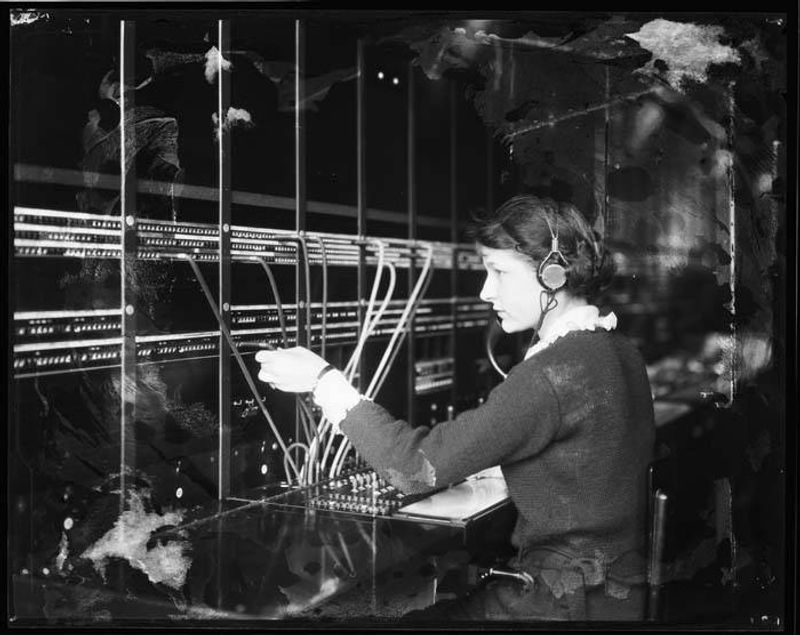
Making a phone call once required a human operator to physically connect your line to someone else’s. Rows of women sat at enormous switchboards, plugging and unplugging cables all day long.
They knew everyone’s business and sometimes eavesdropped on juicy conversations. Speed and accuracy made them the internet of their era.
5. Drive-In Movie Theaters Packed with Cars
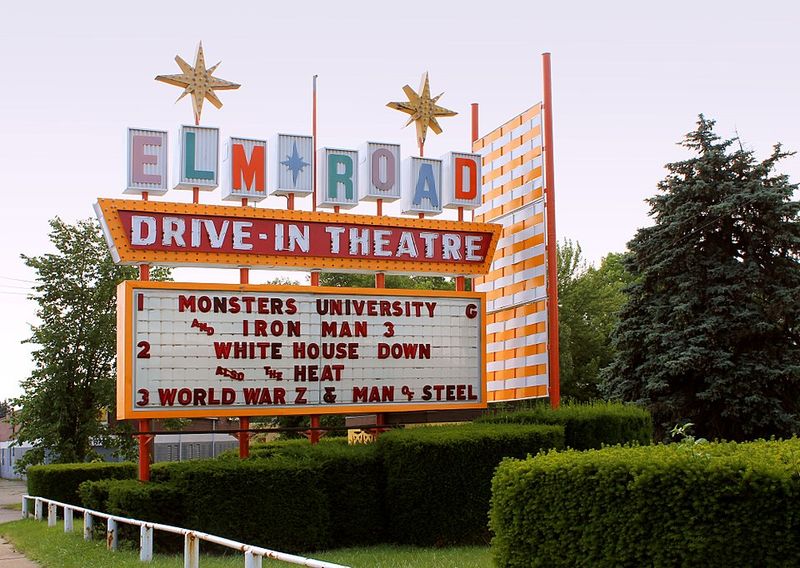
Families would pile into their cars, park in rows, and watch movies under the stars using speakers that hung on the window. Drive-ins turned movie night into a community event where you could wear pajamas and nobody cared.
Kids played on swings near the screen before showtime. Popcorn and excitement filled the summer air.
6. One-Room Schoolhouses in Rural America
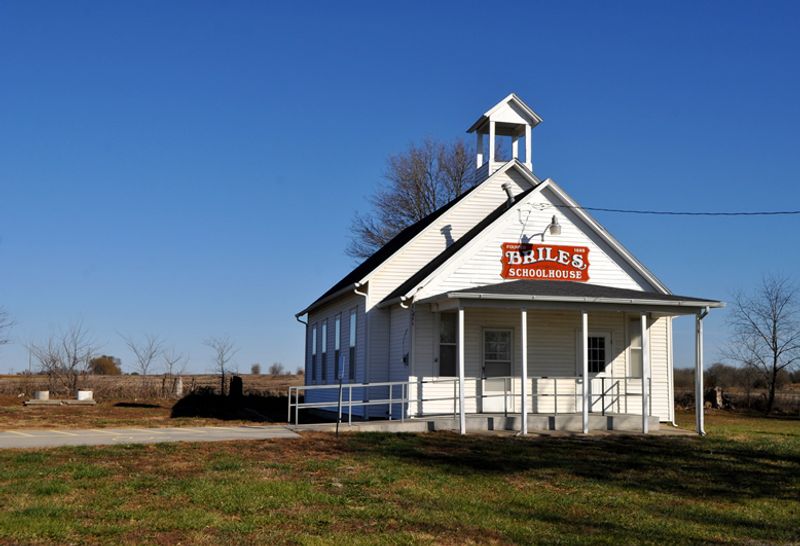
All grades learned together in a single room heated by a wood stove, with one teacher managing everyone from six-year-olds to teenagers. Older students often helped younger ones with lessons, creating a family-like atmosphere.
Walking to school sometimes meant trudging through snow for miles. Education was precious and hard-earned.
7. Soda Fountains and Malt Shops
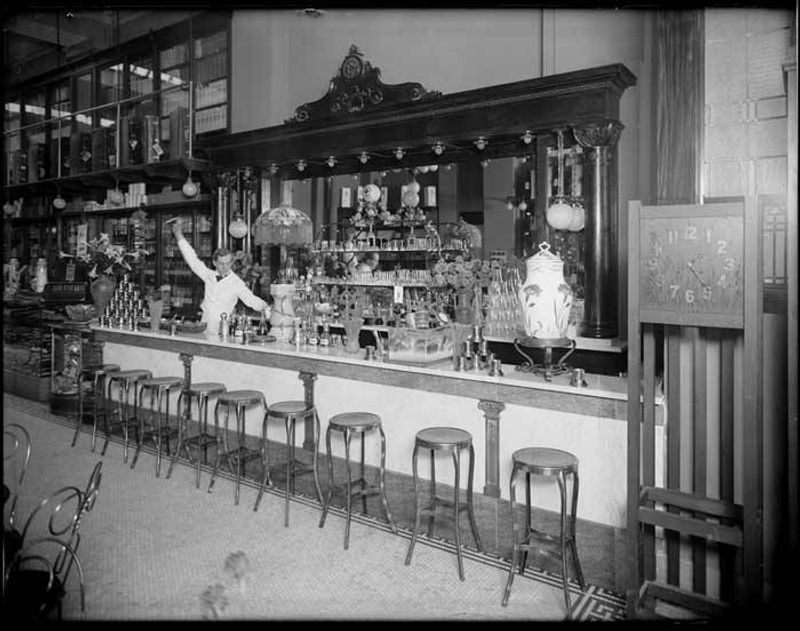
Teenagers gathered at soda fountains to sip milkshakes, listen to jukeboxes, and socialize after school. The person making drinks was called a soda jerk because of the jerking motion used to operate the fountain handles.
Chrome stools spun endlessly as friends shared gossip and laughter. These shops were the original hangout spots.
8. Women Working in World War II Factories
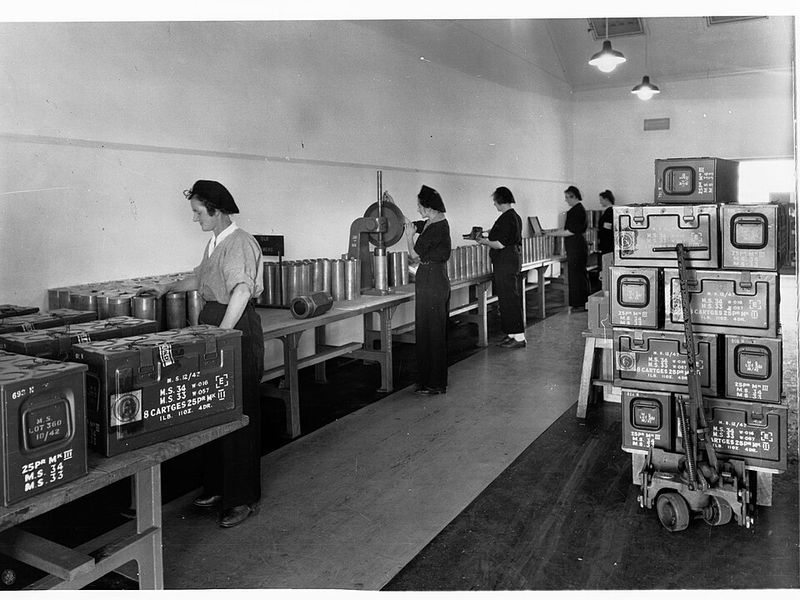
When men went to war, women stepped into factories and proved they could build planes, tanks, and ships just as well. Rosie the Riveter became their symbol, representing strength and determination during difficult times.
They worked long shifts doing dangerous jobs while raising families at home. Their contributions changed society forever.
9. Horse-Drawn Carriages on City Streets
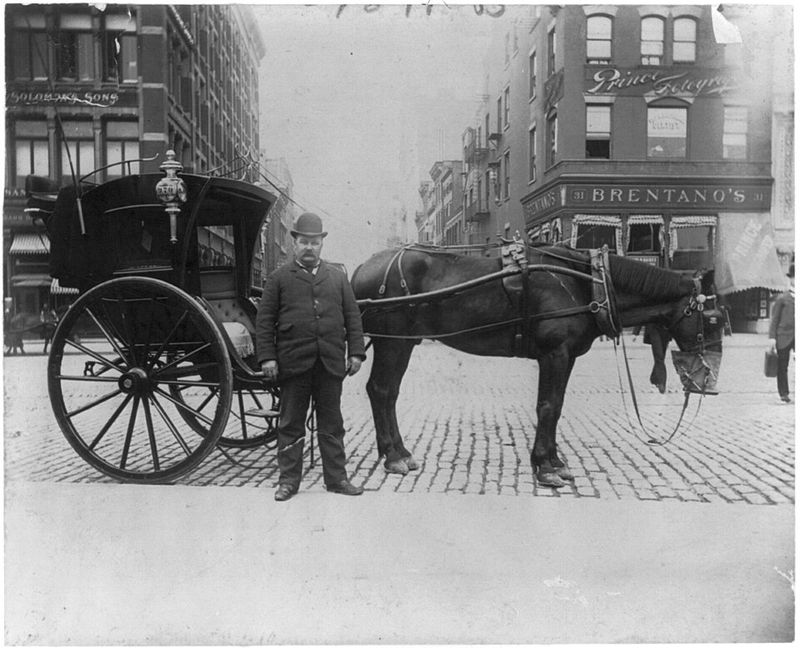
Cities once clattered with the sound of horseshoes on cobblestones instead of car engines. Every family that could afford it owned a carriage, and traffic jams involved annoyed horses rather than honking horns.
Crossing the street meant dodging not just vehicles but also piles of horse manure. Street cleaners had very different jobs back then.
10. Pony Express Riders Carrying Mail
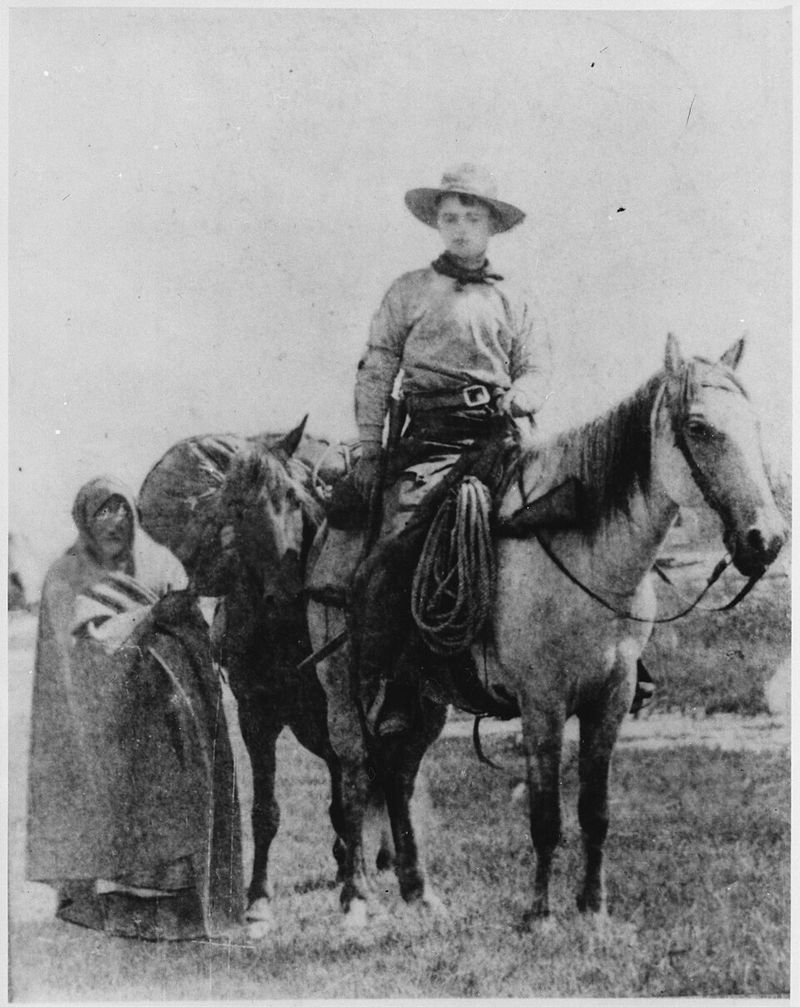
Before email or even regular mail service, brave young riders galloped across dangerous territories to deliver letters.
They changed horses at stations but barely stopped, racing against time and weather to connect people separated by thousands of miles.
The job was exhausting and risky. Many riders were teenagers seeking adventure.
11. Washing Clothes with Washboards and Wringers
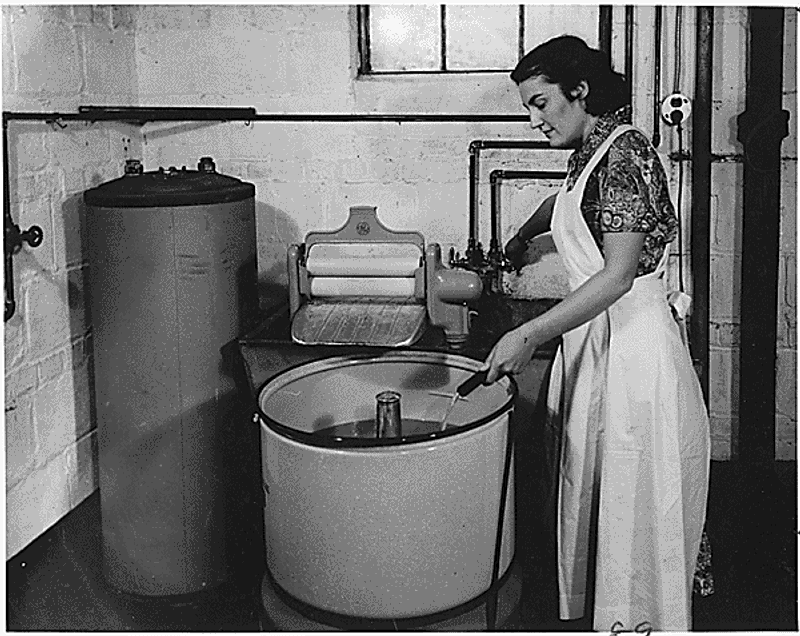
Laundry day was an all-day event involving scrubbing clothes against metal washboards until your knuckles hurt.
Water had to be heated over fires, and every piece was wrung out by hand or through mechanical wringers.
Hanging everything to dry took hours more. Clean clothes were genuinely earned through hard labor.
12. Newsboys Shouting Headlines on Corners
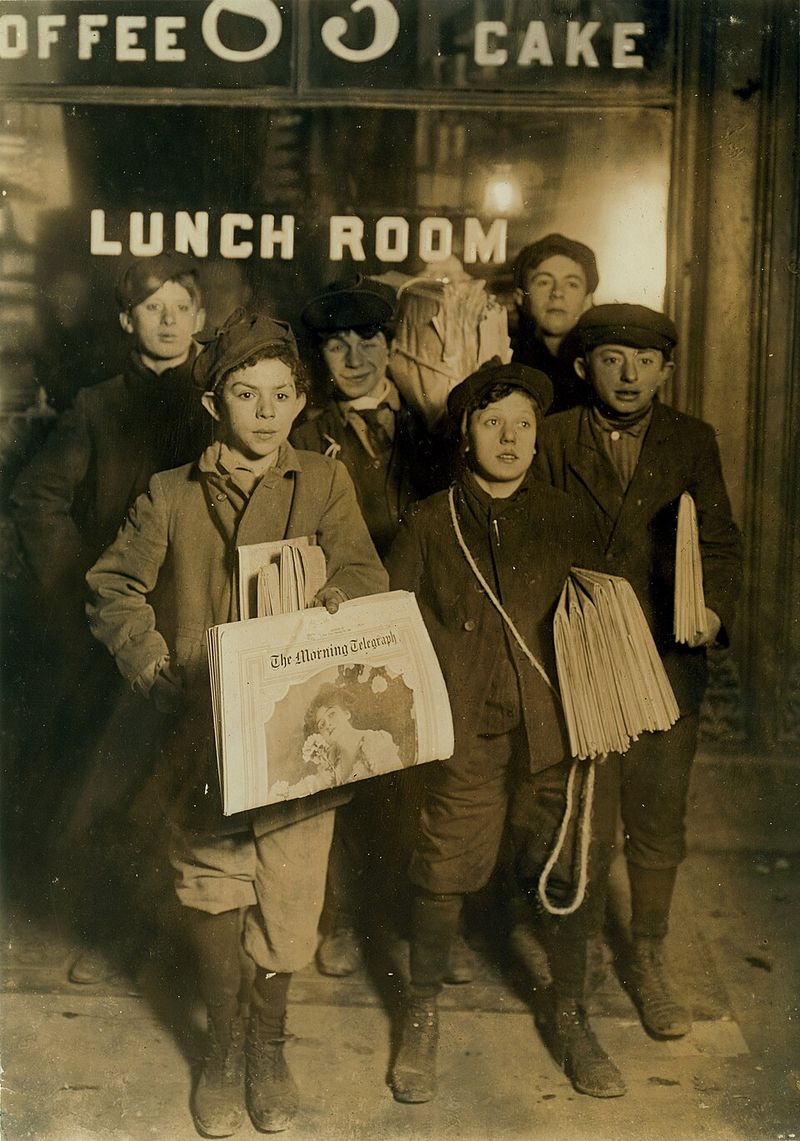
Young boys stood on busy corners yelling dramatic headlines to sell newspapers, competing with other newsboys for attention.
They bought papers from publishers and kept whatever profit they made, learning business skills early.
Rain or shine, they worked to help support their families. Their voices became the soundtrack of city life.
13. Victory Gardens During Wartime
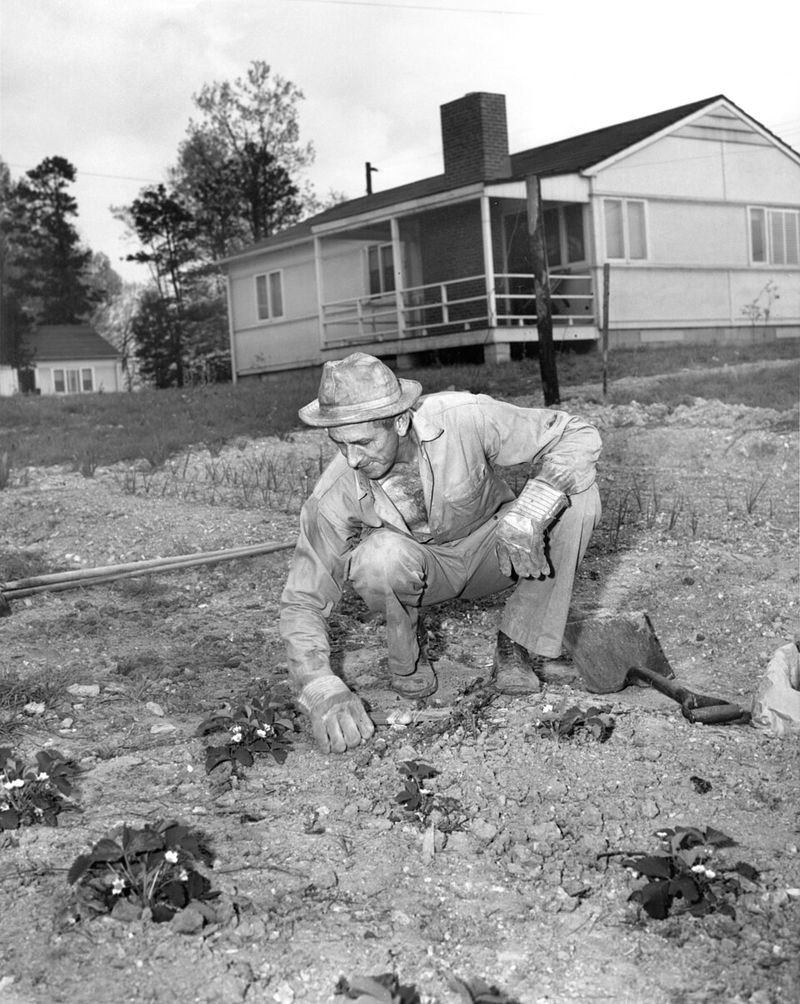
Families planted vegetables in every available space during wartime to reduce pressure on food supplies. Backyards, empty lots, and even city parks transformed into productive gardens that fed communities.
Growing your own food became a patriotic duty and a source of pride. Fresh tomatoes and carrots represented both survival and solidarity.
14. Elevator Operators in Department Stores
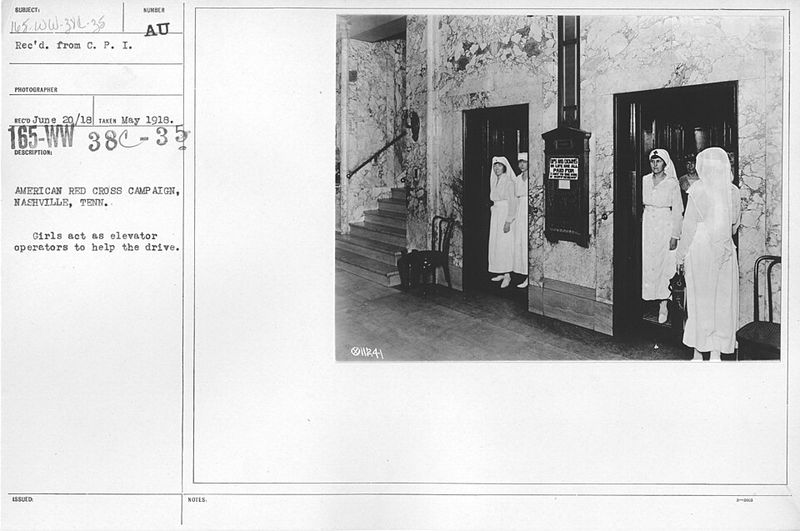
Operating an elevator required skill and a human touch, so uniformed operators announced each floor and smoothly controlled the car’s movement.
They knew regular customers and offered friendly greetings that made shopping trips feel special.
Pushing buttons yourself seemed impossible then. These operators added elegance to everyday errands.
15. Typewriter Pools in Office Buildings
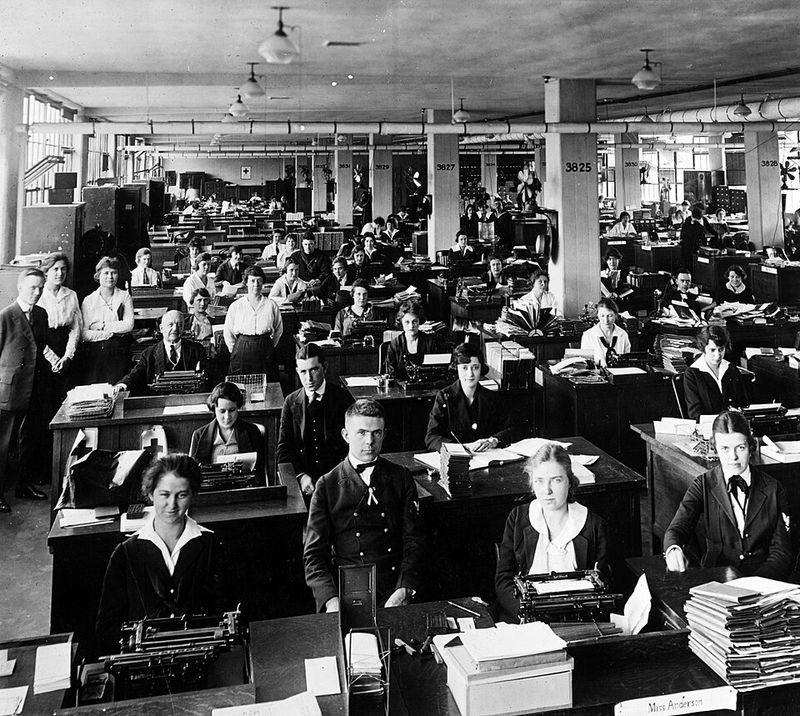
Offices employed dozens of typists who sat in rows, fingers flying across typewriter keys all day long.
The rhythmic clacking created a symphony of productivity as documents were created one careful keystroke at a time.
Mistakes meant starting over or using correction fluid. Speed and accuracy determined your value as an employee.


